More than 6 weeks on, Manipur is still ablaze. It’s a saga of failures, from state govt to Centre
Military reinforcements, Amit Shah’s visit, and CM Biren Singh’s pleas for peace have come to nought in Manipur, where there is still no end in sight to the violent ethnic conflict.
Despite Union Home Minister Amit Shah spending an unprecedented four days in the state, armed forces patrolling the streets, and Chief Minister N. Biren Singh’s pleas, the carnage continues.
The BJP’s much-touted ‘double engine’ model of governance seems to have broken down utterly in Manipur, both at the state and central levels.
So far, at least 100 people have been killed, more than 300 injured, and over 50,000 displaced from their homes. Over 3,000 weapons, automatic guns to grenades, have been looted, including from police armouries, more than 200 churches and 17 temples destroyed, and numerous houses and properties burnt or razed to the ground.
The perpetrators and victims of the violence come from both communities — the Meitei, who are the majority in the Imphal valley and mostly Hindu, and the Kuki tribals, who are primarily Christians and inhabit the state’s hill districts.
This week, the peace committee formed by the central government to initiate dialogue between the communities collapsed before it even took off. Neither the Meitei nor the Kuki want to participate in talks until the fighting comes under control.
“Before dousing the flames, how on earth can peace talks be initiated? We have been appealing to the state and the central government that they should first stop the non-stop attacking of the villages. In this situation how can we have a conducive atmosphere to discuss peace?” said Khuraijam Athouba, executive member, Coordination Committee on Manipur Integrity (COCOMI), a collective of Meitei civil society organisations.
The Kukis have taken much the same stand, and have also objected to the committee’s inclusion of Chief Minister N Biren Singh, whom they see as partisan.
“The first and foremost thing to do is to stop the violence. Let there be peace first. Inviting leaders to sit together won’t yield a solution until the situation improves,” said Ajang Khongsai, president, Kuki Inpi Manipur, an apex body of the Kuki people.
During his visit to Manipur, Amit Shah blamed a “hasty” order of the Manipur High Court for the conflict. This HC order in April had suggested granting Scheduled Tribe status to the Meiteis— their longstanding demand. For many Kukis, this was unacceptable and seen as a threat to their own ST benefits.
On 3 May, a protest rally against this order, organised by the All-Tribal Students’ Union Manipur (ATSUM) in the hill district of Churachandpur, quickly escalated into widespread clashes.
However, the reason why the fires have been so difficult to contain is that Manipur was already a tinderbox of ethnic tensions, centred primarily on land.
While the Kukis had long claimed that the Biren Singh-led BJP government was targeting them and their land in the name of drives against forest encroachment and poppy cultivation, the Meitei had been protesting over a takeover of the hills by perceived “militants” and “outsiders”— a narrative propagated by the CM himself in public statements.
The fallout of the crisis has been a fractured state, invisible but rigid boundaries between the valley and the hills, and a weak political and bureaucratic machinery— one that failed to prevent and contain the crisis even when it possibly could have.
‘Double engine’ breakdown?
On 30 May, tribal women wearing black stood in a human chain along the 2-km road from the Churachandpur helipad to the Assam Rifles campus, where Home Minister Amit Shah was to meet tribal leaders. They wanted to welcome him and convey that he was their only hope for peace.
“We want to tell Amit Shah to stop this violence. Neither the Meiteis nor the Kukis are leading normal lives. We want him to solve the issue as soon as possible. Only he can do it. Otherwise, many more people will die,” Marina Ljoute, a part of the human chain, had told ThePrint back then.
At the time, riots had already been raging in Manipur for 27 days despite military reinforcements and curfews. The Kukis had also given up any hope in Chief Minister Biren Singh, accusing him of ‘majoritarian politics’.
However, Shah’s relatively long four-day presence in the state, his strict warnings to arms looters and underground groups, as well as his appeals for peace to both communities proved fruitless.
The efforts of Assam Chief Minister Himanta Biswa Sarma, who is the head of the North East Democratic Alliance (a coalition of the BJP and allied parties in the region), Manipur Governor Anusuiya Uikey, Army Chief Manoj Pande, Kuldiep Singh, security advisor from the central government, and other top BJP leaders, have also come to nought.
Manipur has come to present a peculiar situation for the BJP, flying in the face of its narrative about the double-engine government model as a driver of smooth central-state collaboration, leading to tangible benefits for the population.
Despite the workings of the two ‘engines’, curfew has once again been tightened in the state and a demand for a separate administration has arisen among Kukis, including from BJP MLAs from the community.
In Churachandpur, banners with slogans like ‘Separation Only Solution’ and ‘Justice Precedes Peace’ popped up this week.
However, this turmoil is not a sudden occurrence but rather a culmination of years of unresolved tensions. The Meiteis claim that the Kukis are providing refuge to Myanmarese refugees, who belong to the same ethnic group, in order to artificially increase the hill population. They further allege the involvement of narco-terrorists in the destruction of the hills through poppy cultivation.
The Kukis vehemently deny these accusations, asserting that the entire community has been unjustly stigmatised.
Even before the conflagration began, the Biren Singh government had been facing pushback on these issues, including from its own MLAs.
In April, a group of Kuki BJP MLAs even visited Delhi to express their grievances against the CM to the party high command. They also warned about public pressure in the hill districts over the government’s drives against ‘forest encroachers’ and poppy growers, and the withdrawal of a ceasefire agreement with two Kuki insurgent groups.
The bloodshed that started on 3 May, therefore, can be seen as a culmination of several underlying tensons that the state and central governments failed to address in time.


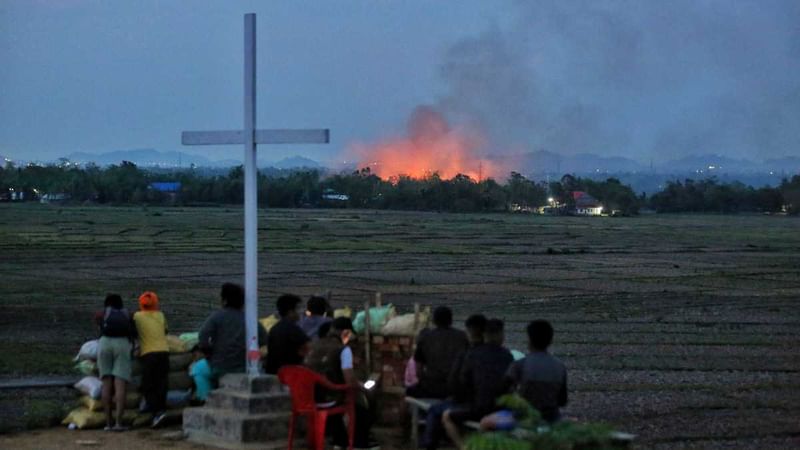
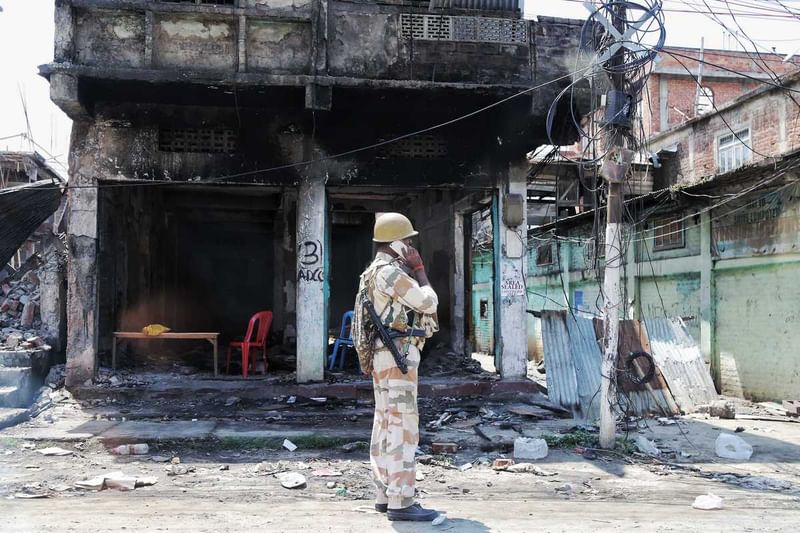
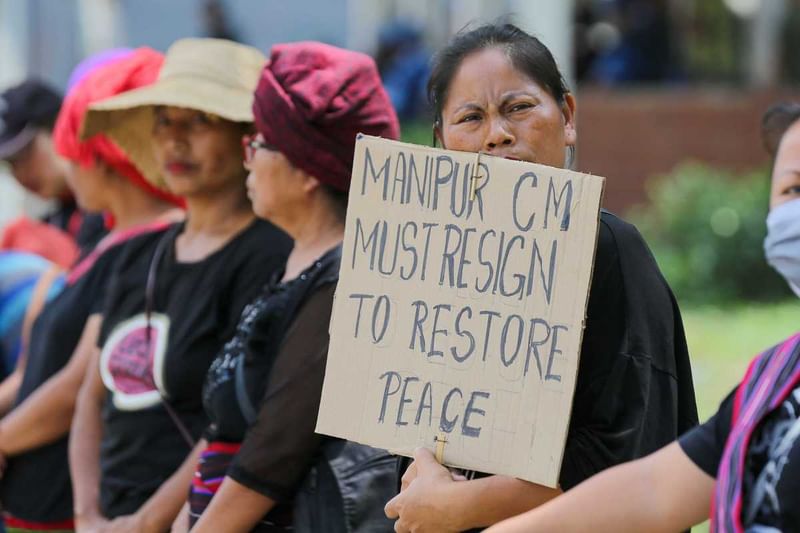
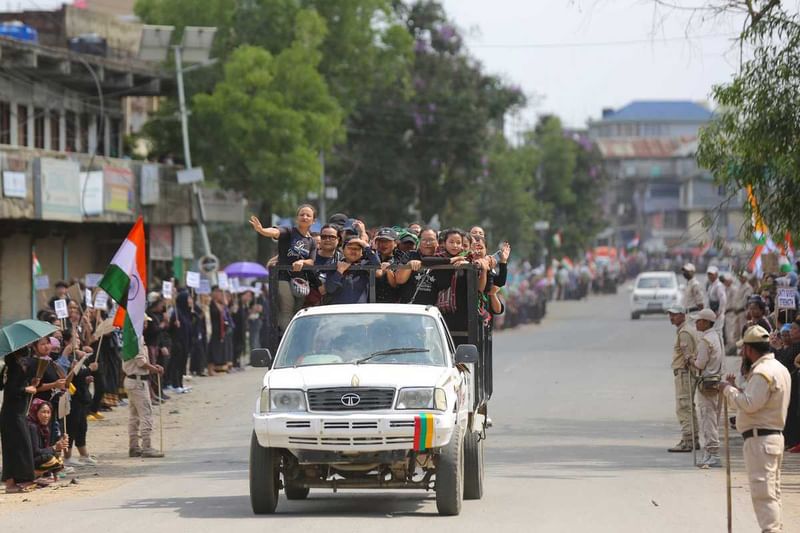
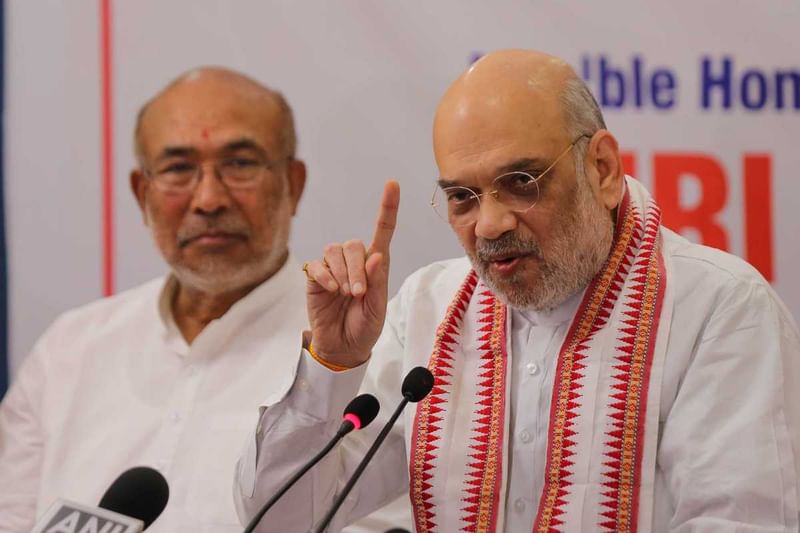

0 Comments